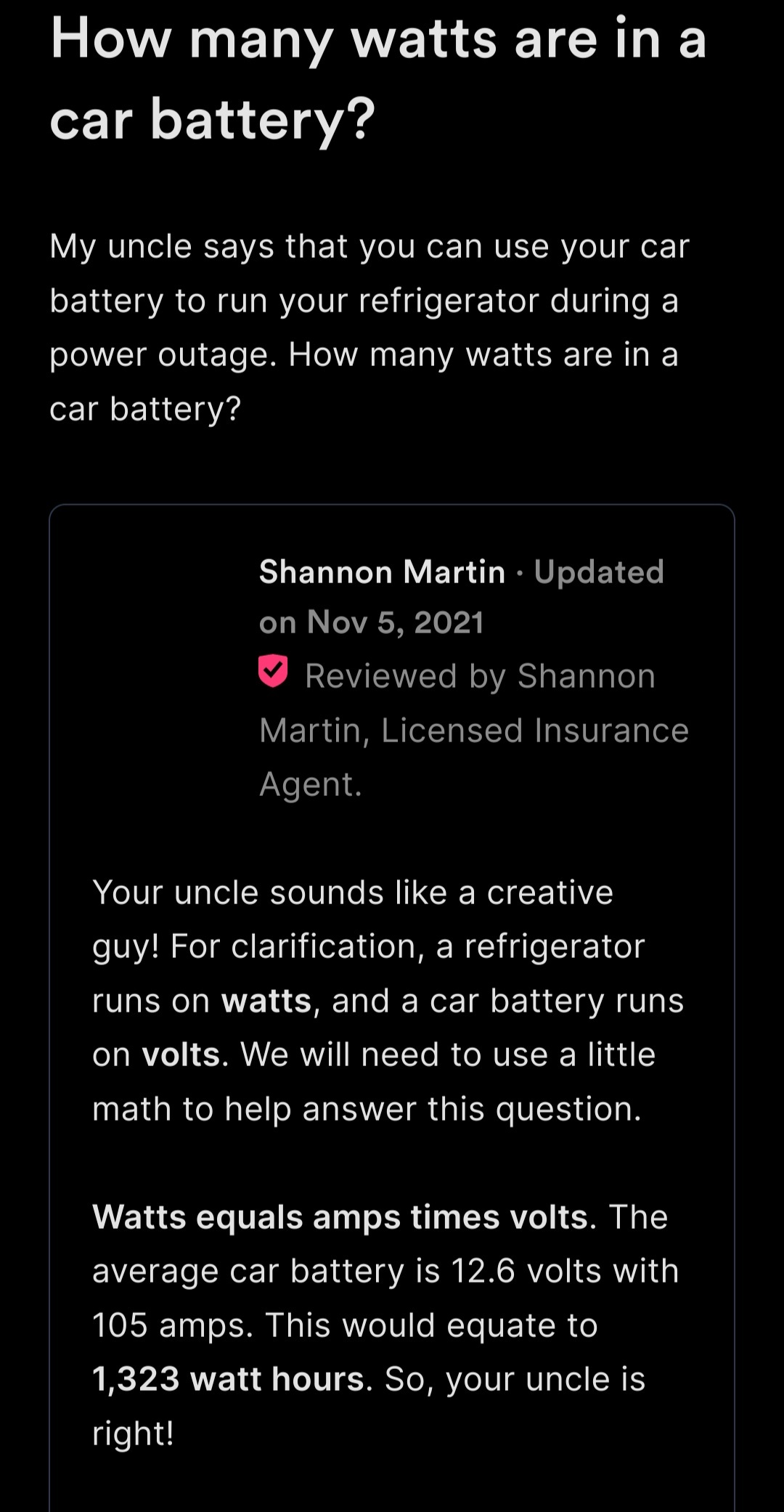this post was submitted on 18 Mar 2024
799 points (96.1% liked)
Technology
63838 readers
4072 users here now
This is a most excellent place for technology news and articles.
Our Rules
- Follow the lemmy.world rules.
- Only tech related content.
- Be excellent to each other!
- Mod approved content bots can post up to 10 articles per day.
- Threads asking for personal tech support may be deleted.
- Politics threads may be removed.
- No memes allowed as posts, OK to post as comments.
- Only approved bots from the list below, to ask if your bot can be added please contact us.
- Check for duplicates before posting, duplicates may be removed
- Accounts 7 days and younger will have their posts automatically removed.
Approved Bots
founded 2 years ago
MODERATORS
you are viewing a single comment's thread
view the rest of the comments
view the rest of the comments

I wanted to say "look at the label but it should be fine" but then I did a quick google double-check and depending on whether you get US or EU results you get quite different answers: US 350 to 780W, EU 100 to 300W. Refrigerators have quite lower numbers but we wanted a fridge so let's look at small refrigerators with proper fridge compartment (four stars, -18C), like... a Beko TSE1284N b100, 240 bucks not fancy not shoddy (Beko in a nutshell, honestly). Damn, why are they only listing kWh/24h and kWh/a. Whelp. No pictures of rating plates anywhere. Oh. According to Amazon "50W", according to another trader 90W connected load, which makes sense if we understand those 50W as consumption load (or whatever those things are called in English).
So, yeah, look at the label and you should be fine. Don't get that fridge though it's 220V.